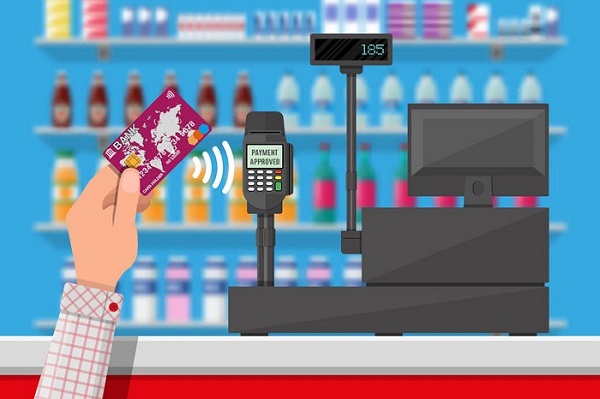Understanding different types of electronic money
With a variety of digital payment options available for our everyday use, it is easy
to overspend an...
/web/common/images/parent/Electronic-Money/electronic-money-cover_s.jpg
youtube
Portal-Parenting
Teach-kids-ParentPortal
Article
22/06/2018
Understanding different types of electronic money

When we go shopping, other than cash, we can also pay via non-cash methods, such as Octopus card, credit cards, EPS and other types of electronic money.
Parents can shop with their children and seize the chance to explain the usages of the following types of electronic money, and their pros and cons when compared with cash.
Although e-monies are convenient to use, parents should remind children that they should be used careful. Children should also keep accounts regularly to avoid overspending and protect their e-monies properly to prevent them from being stolen.
| Introduction | Comparison with cash | |
|---|---|---|
| Octopus card |
|
Pros:
Cons:
|
| EPS |
|
Pros:
Cons:
|
| Credit card |
|
Pros:
Cons:
|
22 June 2018



